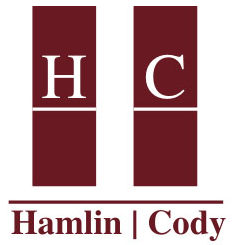Marnie Cody is a partner in Hamlin | Cody, a California law firm. Marnie has been practicing out of home law since 1990. She has represented many billboard companies in real estate and land use matters and condemnation proceedings. She likewise advises real estate developers about out of home law. Insider talked with Cody on what it’s like to practice out of home law.
Marnie, how did you get involved with out of home advertising?
I was a student at Loyola law school when I accepted a law clerk position working for Richard Hamlin. I began immediately working on out of home cases. One of my first was an appeal involving a Foster & Kleiser billboard. Once I got a taste of the out of home industry, I was hooked!
What’s the most satisfying out of home case you’ve worked on?
There are many, but this one stands out the most. The MTA cancelled our client’s month-to-month rental agreement on a former railroad right-of-way. Our client removed several static displays. We filed an inverse condemnation action. Once the judge agreed we had a valid claim, we were able to negotiate a neat settlement with a lot of moving parts.
Our client contributed money to the City of Los Angeles to purchase land from the federal government for a park in East Los Angeles. Our client signed a long-term lease on MTA property facing a very busy freeway in downtown Los Angeles. Working with the city, the county and a host of local agencies, we created a special-use district and secured permits for two digital faces and two static faces that replaced the revenue lost from the several surface-street static displays that had come down.
What trends are you seeing in out of home regulation in California?
State and local regulations make it very difficult to build new signs. As local cities see the value of digital displays and the revenue they produce, they adopt ordinances that might conflict with state law. Sometimes they persuade their local state legislators to sponsor legislation that creates an exception to state law.
Caltrans continues to do the best it can to enforce the Outdoor Advertising Act. One of its principal concerns is to prevent the reduction of federal highway funds. With that in mind, Caltrans is approachable and willing to listen.
Within large shopping centers, regulators are far more willing to issue permits for displays that show to foot and auto traffic within the center, and not to outside streets. The revenue from these displays often make the difference between a project that is feasible and one that is not.
Some years ago, California dissolved redevelopment districts. This produced legislation to extend the life of permits for displays within the former redevelopment areas. Since then, tension between regulators and operators over the difference between on-premise and off-premise signs has worsened.
What legal mistakes do out of home companies make when dealing with regulators?
The biggest mistake is failing to recognize the legitimate concerns of the regulators. A close second is failing to respect municipal and agency staffs and the work they do. Elected and appointed officials rely on their professional staffs more than most people realize.
A related mistake is trying to mislead or bulldoze staff. Municipal and agency staffs are not likely to be particularly familiar with out of home regulations. In our experience, a candid transparent approach can be both enlightening and well received. Staff wants to be educated, not misled or bullied.
***Content initially appeared in Billboard Insider™ on 07/15/2019
